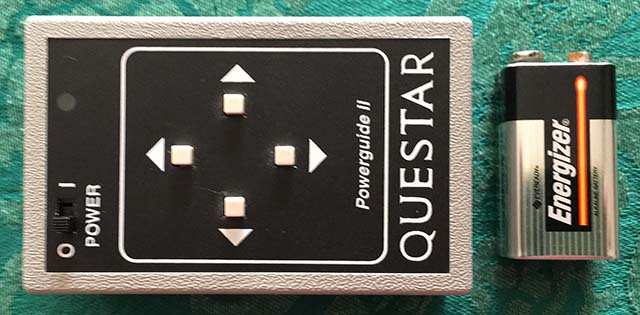- Images
- Blog
- Tools
- Questar
- The Questar telescope
- Questar resource links
- Search for Questar info
- 172mm Focal Reducer
- Afocal adapter for point and shoot camera
- Camera adapter lengths
- Camera adapter threading
- Camera connection
- Camera focusing
- Custom counterweight
- Drift Alignment Joy
- Finder Eyepiece Compatibility
- The Questar Moon 1981
- Questar Powerguide II Battery Life
- Questar Zone, How to Service Videos
- Red Dot finder mount for Questar
- Questar Viewing Table
- Wedge mounts
- White light solar filters comparison
- How to
- Get started in astronomy
- Astro RaspberryPi Camera and kin, the ASIAir and StellarMate
- Blind Smart-phone Equatorial Wedge or GEM Polar Alignment
- Camera phone adapter
- Celestron FirstScope with equatorial tripod mount
- Coat Pocket Astrophotography
- Day-lapse Images of Earthshine on the Crescent Moon
- Dobsonian Carrying Case
- DSO Astrophotography without a Telescope
- DSO imaging without a star tracker
- Estimating image resolution
- Lunar Eclipse Photography
- Moon photography - a dozen ways to shoot the Moon
- Meteor shower photography & planning
- Matching image sensor size to telescope resolution
- Narrow band imaging with color cameras
- Planetary Image Workflow
- Print and Display Astrophotography
- Observing
- Events
- More
- About
- Contact
Questar Powerguide II Battery Life
The Questar Powerguide II uses a 9 volt battery in the hand controller. Visual observers will find a dead battery a minor inconvenience. For astrophotographers failing battery power during an imaging run can spoil many images. If you image using the PG II, measuring the battery voltage of the installed alkaline battery gives a good guide to its remaining life. See the details section for the specifications and measurements that allow me to decide whether to replace the battery.

My personal guideline is that for a measured voltage of 7 volts a standard alkaline 9V battery should last all night at warm temperatures and several hours at freezing temperatures. A fresh battery should give 40 hours of operating time at warm temperatures and 16 hours at temperatures near freezing. I don't recommend zinc carbon batteries because of their short life. Using rechargeable batteries would add worries about self discharge and doesn't seem worth the trouble with the long life of primary batteries in the PG II.
Lithium Batteries
Lithium 9V batteries are also available with about 40% more capacity than alkaline. There are some issues to be wary of. Lithium batters maintain a much more constant voltage over their life time. This is an advantage when the supply voltage is not regulated. The PG II voltage regulation means that this is not an advantage and the near constant battery voltage over its life makes it very difficult to know when the battery is near the end of its life. Lithium batteries may also show poorer performance than alkaline at low temperatures.
Details
The Questar Powerguide II uses an internal voltage regulator to derive 5V power from an external 9 V battery. The regulator will function with a voltage drop of as little as 0.5 volts. Let’s assume a conservative minimum useable voltage of 6V. This means that we can get a lot of use out of a battery. The question is knowing when to switch to a new battery.
The data sheet of the Energizer 522 Alkaline 9V (ZnMnO2) battery shows a battery capacity of about 600 mA hours for constant current service at 10 mA loads with a 6V terminal voltage at 21 C. Lets assume a conservative capacity of 500 mA hours.
The measured current drain of my PG II is about 11 mA. Again let’s be conservative and use 12 mA hours.
This gives a life of an alkaline battery in the PG II of more than 40 hours.
The operating temperature range of the battery is -18 C to 55 C (-0.4 F to 131 F). When in operation current flow will cause internal heating which will keep the battery warmer than the ambient temperature.
The Duracel MN1604 data sheet shows similar performance and also includes some temperature data. This gives the battery capacity at 0 C at about 44% of the capacity at 21 C. Freezing temperatures will reduce the battery life in the PG II to about 16 hours. As temperatures approach 0 F the life will become very short.
Estimating from other data on the sheet, I expect that only about 20% of the battery capacity is left when the battery reaches 7 volts. This is equivalent to 8 hours of operation in the PG II at warm temperatures and 3 hours of operation at 0 F.
Content created: 2017-01-30
Comments
![]() Submit comments or questions about this page.
Submit comments or questions about this page.
By submitting a comment, you agree that: it may be included here in whole or part, attributed to you, and its content is subject to the site wide Creative Commons licensing.


 Wedge mounts
Wedge mounts